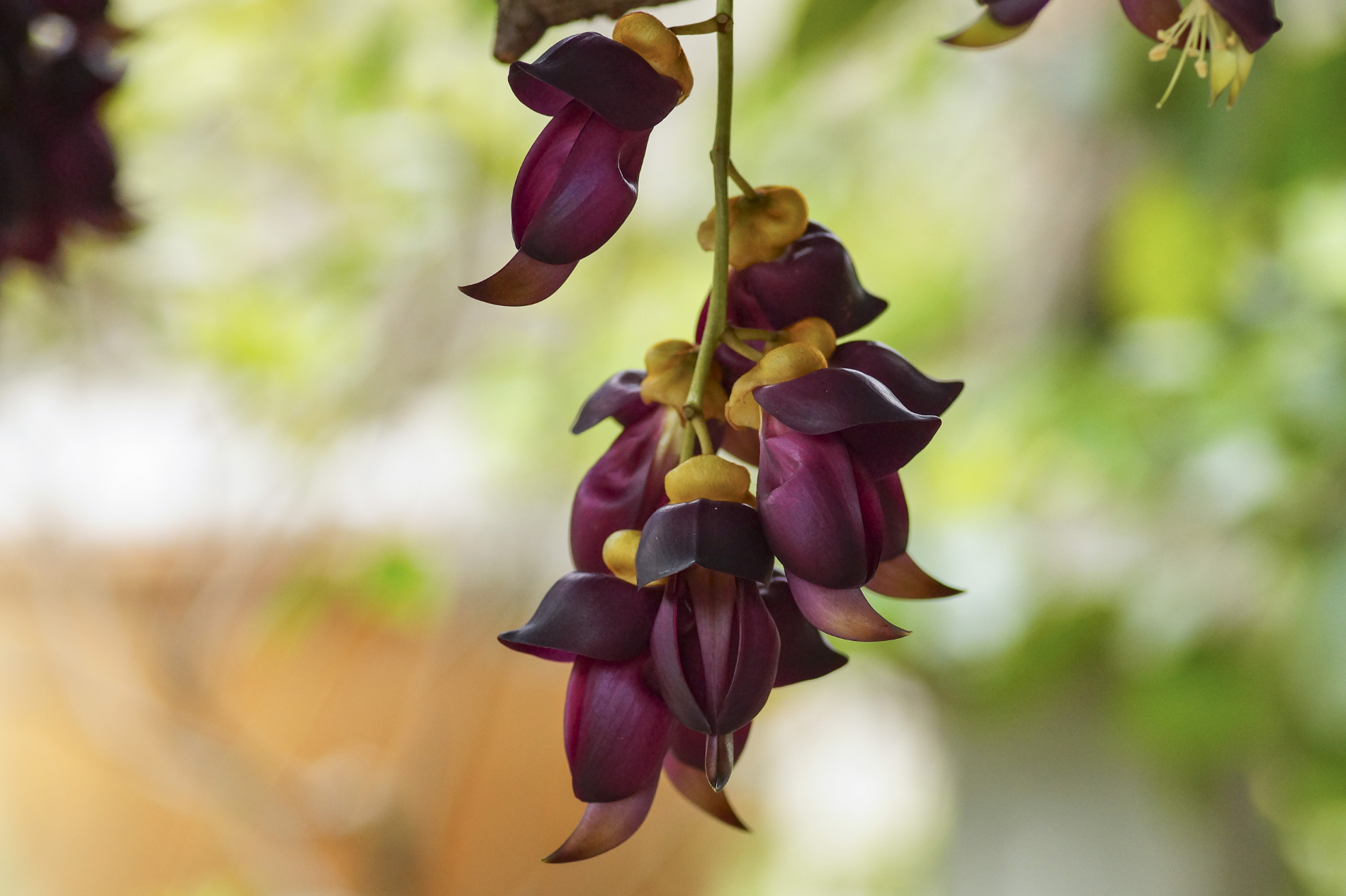Introduction
Canadian orange root (Hydrastis canadensis), also known as goldenseal root, is a plant native to North America. It has been part of the traditional medicine of the indigenous peoples of North America for centuries. The plant is known worldwide for its numerous health-promoting properties. In this article you will learn all about the discovery, use and dosage as well as its effects, possible side effects and complementary medicinal plants.
Canadian orange root: the discovery
It was discovered by the indigenous people of North America, who had been using it as a medicinal plant for centuries. The first European settlers learned from the Native American healers how to use the root to treat a variety of diseases. In the 18th century, the plant was botanically described by European explorers and introduced into Western herbal medicine.
Forms of application and dosage
Canadian orange root can be taken in various dosage forms. The most common dosage forms are:
- Powder: The dried root is processed into powder and can be taken as a tea or in capsules.
- Tinctures: An extract of the root in alcohol, which is taken drop by drop.
- Capsules and tablets: Powdered root in prefabricated doses.
- Ointments: For external use for skin problems.
The dosage depends on the form in which the root is taken. The following dosage is generally recommended:
- Powder: 500-1000 mg daily, divided into two doses.
- Tincture: 1-2 ml (20-40 drops) three times a day.
- Capsules: 1-2 capsules of 500 mg daily.
- Ointments: Apply to the affected areas of skin as required.
Diseases that Canadian orange root can cure
It is traditionally used to treat various diseases. Some of the most important areas of application are:
- Respiratory tract infections: the antibacterial properties help with sore throats, bronchitis and colds.
- Digestive disorders: For stomach complaints, diarrhea and indigestion.
- Skin problems: The anti-inflammatory properties help with eczema, skin rashes and wounds.
- Urinary tract infections: The antibacterial effect can be helpful for urinary tract infections.
- Immune system: It strengthens the immune system and can have a preventive effect against infections.
Effect on the body
Canadian orange root contains several bioactive compounds, including berberine, which is responsible for most of its health-promoting properties. Berberine has:
- Antibacterial: Kills bacteria and inhibits their growth.
- Antifungal: Fights fungal infections.
- Antioxidant: Reduces oxidative stress and protects cells.
- Anti-inflammatory: Relieves inflammation and promotes healing.
- Immunomodulating: Strengthens the immune system and increases the body’s defenses.
Canadian orange root: Recommended intake
It should be taken in the following situations:
- For acute respiratory or digestive tract infections.
- To support the immune system in times of increased stress or during the cold season.
- For chronic skin conditions or infections.
Who should not take Canadian Orange Root?
Not everyone should take it. It is not recommended for:
- Pregnant and breastfeeding women: The safety of Canada Orange Root during pregnancy and breastfeeding has not been adequately researched.
- Children under 12 years of age: As there are insufficient studies on safety in children.
- People with high blood pressure: Berberine may affect blood pressure and is therefore not suitable for people with high blood pressure.
- People with liver disease: Berberine is metabolized in the liver and may cause additional stress in people with existing liver disease.
Food supplements and medicinal plants
The following dietary supplements and medicinal plants can be taken to support the effects of Canadian orange root:
- Probiotics: To support the intestinal flora and improve digestion.
- Echinacea: strengthens the immune system and prevents infections.
- Garlic: also has antibacterial and anti-inflammatory properties.
- Vitamin C: Supports the immune system and promotes wound healing.
Foods rich in berberine
Berberine, the main active ingredient in Canadian orange root, is also found in some other plants and foods, including:
- Barberries: A fruit traditionally used in Persian cuisine.
- Yellow gentian: A plant whose roots also contain berberine.
- Phellodendron: A tree whose bark contains berberine.
Side effects and overdose
As with any natural remedy, side effects can occur with Canadian orange root. Possible side effects include:
- Gastrointestinal discomfort: Sensitive individuals may experience nausea, vomiting and diarrhea.
- Allergic reactions: In rare cases, skin rash or itching may occur.
- Lowering blood pressure: Berberine can lower blood pressure, which can be problematic in people with low blood pressure.
An overdose can lead to serious health problems. Symptoms of overdose include:
- Dizziness and lightheadedness
- Liver and kidney damage
- Cardiac arrhythmia
It is therefore important not to exceed the recommended dosage and to consult a doctor if in doubt.
Canadian orange root: natural medicinal forms and applications
Canadian orange root is used in various forms of natural medicine:
- Traditional herbal medicine: as a tea, tincture or powder to treat infections and digestive disorders.
- Homeopathy: In highly diluted form for the treatment of skin problems and infections.
- Phytotherapy: As an ingredient in herbal medicines in combination with other medicinal plants to support the immune system and treat inflammation.
Summary
Canadian orange root is a versatile and effective natural remedy with a long history in traditional medicine. Its antibacterial, anti-inflammatory and immune-boosting properties make it a valuable part of any natural medicine chest. When used and dosed correctly, they can provide valuable support in the treatment and prevention of various diseases. However, it is important to adhere to the recommended dosage and to consult a doctor if you have any health problems or uncertainties.




